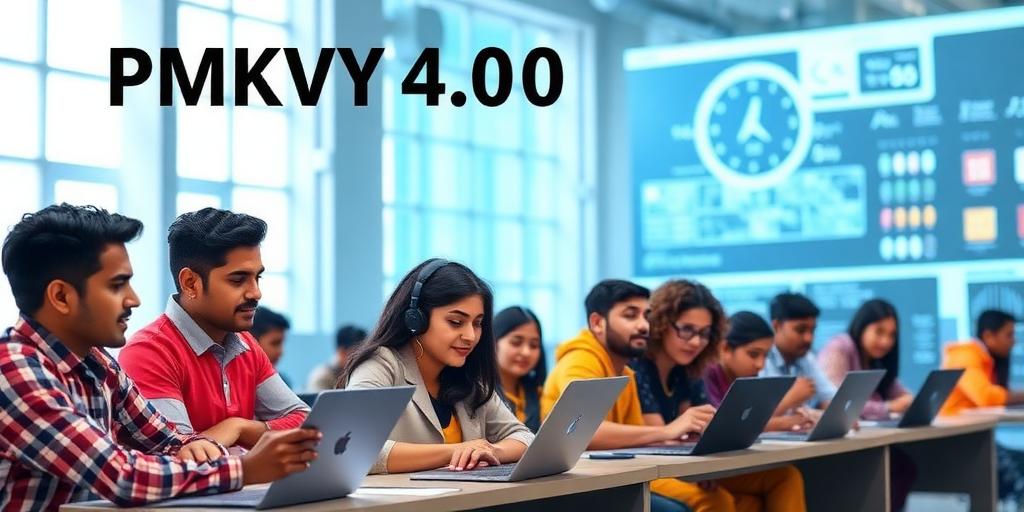Pradhan Mantri Kaushal Vikas Yojana (PMKVY) 4.0: A 2025 Outlook
The Pradhan Mantri Kaushal Vikas Yojana (PMKVY), a flagship program of the Indian government, aims to provide vocational training and skills development to the nation's youth. As we approach 2025, PMKVY 4.0 is poised to play a crucial role in shaping India's workforce. This article provides an authoritative overview of what to expect from the scheme in the coming year.
Key Focus Areas for PMKVY 4.0 in 2025
PMKVY 4.0 is expected to emphasize several key areas to enhance its effectiveness and relevance:
- Industry 4.0 Skills: A significant focus will be on training individuals in skills aligned with Industry 4.0 technologies, including artificial intelligence, machine learning, data analytics, and the Internet of Things.
- Digital Literacy: Enhancing digital literacy among the workforce will be a priority, ensuring that individuals can effectively use digital tools and platforms in their respective fields.
- Integration with Academic Curriculum: Greater integration of vocational training with the formal education system, allowing students to acquire practical skills alongside their academic studies.
- Focus on Entrepreneurship: Encouraging entrepreneurship by providing training and support to individuals who wish to start their own businesses. This will involve mentorship programs, access to funding, and guidance on business management.
- Upskilling and Reskilling Initiatives: Recognizing the need for continuous learning, PMKVY 4.0 will promote upskilling and reskilling initiatives to help individuals adapt to evolving job market demands.
Expected Enhancements and Improvements
Several enhancements and improvements are anticipated in PMKVY 4.0 to address past challenges and improve outcomes:
- Enhanced Training Infrastructure: Investments in modern training centers and equipment to provide high-quality, hands-on training.
- Improved Curriculum Design: Development of industry-relevant curricula that are regularly updated to reflect changing skill requirements.
- Strengthened Monitoring and Evaluation: Robust monitoring and evaluation mechanisms to track the progress of trainees and assess the impact of the program.
- Greater Industry Participation: Increased involvement of industry partners in curriculum design, training delivery, and placement assistance.
- Focus on Placement and Employment: Strengthening efforts to connect trainees with employment opportunities, including job fairs, placement drives, and partnerships with employers.
Challenges and Mitigation Strategies
Despite the promising outlook, PMKVY 4.0 may face certain challenges:
- Quality of Training: Ensuring consistent quality of training across various training centers will be crucial. This can be addressed through standardized curricula, training of trainers, and regular audits.
- Relevance to Industry Needs: Maintaining relevance to rapidly changing industry needs requires continuous updating of curricula and close collaboration with industry partners.
- Placement Rates: Improving placement rates requires strengthening industry linkages and providing trainees with the skills and knowledge that employers demand.
Conclusion
PMKVY 4.0 holds significant promise for skilling and empowering India's youth. By focusing on Industry 4.0 skills, enhancing digital literacy, and promoting entrepreneurship, the scheme can contribute to creating a skilled and employable workforce. Addressing the challenges related to training quality, industry relevance, and placement rates will be essential to ensure the success of PMKVY 4.0 in 2025 and beyond.









